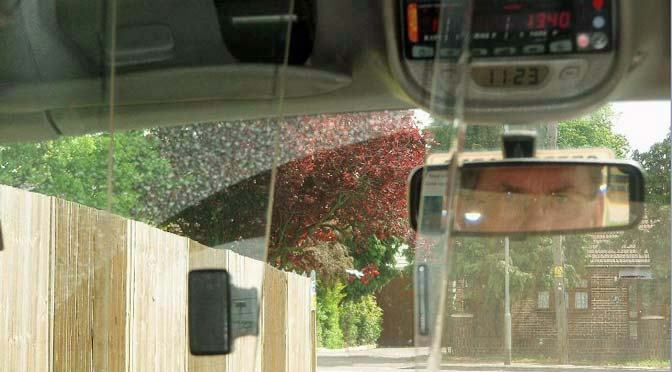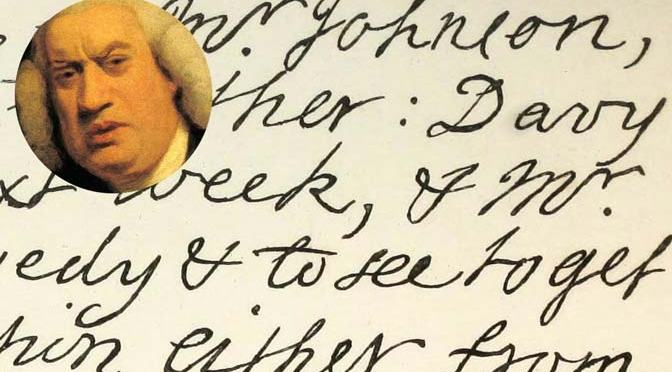Contrary to the popular perception that all cabbies like to chat, punters are also guilty of asking, well, some pretty banal questions.
“Busy Night?”
The problem for the driver here is two-fold: if he answers in the affirmative the punter might be weighing up the opportunity of mugging him; conversely, if he says it’s quiet the passenger queries the reason why it took so long to catch a cab or thinks the cabbie just wants to moan and soon the conversation will turn to the shortcomings of the current Government/England manager/or London’s Mayor.
“What do you do for a living?”
Passengers sometimes enquire politely about what we do for a living. This is not, as you might expect, a unique occurrence on long, late-night journeys, and sometimes asked more than once by the same passenger.
“What time are you on ‘til?”
Many cabbies work the more lucrative evening shift, so the punter probably feels a degree of sympathy as he clocked off work at five. The supplementary inquiry “Can you pick me up?” at a time and place to get me home like we are going to drive halfway across London helping you get the last train home.
“Where do you live? Or live far?”
Why on earth should that be a topic of conversation with a stranger unless, of course, you want a lift home – see the previous inquiry.
“What chance is there of me getting a cab?”
Ditto.
In Ireland one private hire driver, after being repeatedly asked these futile questions has stuck onto the vehicle’s partition screen a notice reading:

Please Don’t ask futile personal quizzes. I am from Ghana, now an Irish citizen. Yes I like it here. I have a Master’s Degree (MBA) UK. Please show due esteem.
The message went viral on Twitter, at the time of writing had received over 166,000 likes and had been shared more than 12,500 times.
 However with over 1,000 replies, inevitably some thought the message was a ‘bit rude’. One comment read:
However with over 1,000 replies, inevitably some thought the message was a ‘bit rude’. One comment read:

It’s a bit rude, to be honest. What’s wrong with asking him where he is from originally (presuming he doesn’t have an Irish accent) and whether he likes it here. Having a bit of futile chat is part of what we are.
Another response from Eion Dunning read:

Man in customer service hates customers. Best of luck to him.
John Parsons response was:

As an Irishman living in England for thirty years, I often get asked where I’m from . . . hell, even Irish people ask me where I’m from, they also often ask me if I like England. It’s called fu#king small talk.
Ride-hailing app Uber backed up the driver’s actions saying:

Getting straight to the point is a highly underrated attribute these days.
Others joked that the driver needs a second sign displaying whether he has been busy and what time he finishes.
I know those questions well.





 On 28 November 1994 Buster Edwards, great train robber, inspiration for Phil Collins’ Buster, committed suicide in Lambeth
On 28 November 1994 Buster Edwards, great train robber, inspiration for Phil Collins’ Buster, committed suicide in Lambeth Serial killer Dennis Nilsen once lived at 195 Melrose Avenue, Cricklewood the scene of 13 murders. Nilsen was sentenced to 6 life sentences
Serial killer Dennis Nilsen once lived at 195 Melrose Avenue, Cricklewood the scene of 13 murders. Nilsen was sentenced to 6 life sentences The GDP of London is significantly larger than that of several European countries, including Belgium and Sweden
The GDP of London is significantly larger than that of several European countries, including Belgium and Sweden Swedish mystic Emanuel Swedenborg who lived off Farringdon Road predicted there would be a special part in heaven reserved for the English
Swedish mystic Emanuel Swedenborg who lived off Farringdon Road predicted there would be a special part in heaven reserved for the English A white spike at the south end of London Bridge commemorates a practice of displaying traitors heads dipped in pitch on the original bridge
A white spike at the south end of London Bridge commemorates a practice of displaying traitors heads dipped in pitch on the original bridge Kenneth Grahame author of The Wind in The Willows and Secretary of the Bank of England was shot at at the bank by a deranged George Robinson
Kenneth Grahame author of The Wind in The Willows and Secretary of the Bank of England was shot at at the bank by a deranged George Robinson 6ft 5in circus strongman Carl Dane in 1926 was the first to pull a London bus with 12 passengers inside using only his teeth
6ft 5in circus strongman Carl Dane in 1926 was the first to pull a London bus with 12 passengers inside using only his teeth When he was Prime Minister the Duke of Wellington held indoor races along Downing Street corridors with men pulling women seated on rugs
When he was Prime Minister the Duke of Wellington held indoor races along Downing Street corridors with men pulling women seated on rugs In 2014, not a single 07.29am Brighton–London Victoria train reached its destination on time after failing to roll in at its scheduled time of 8.35am on a single occasion
In 2014, not a single 07.29am Brighton–London Victoria train reached its destination on time after failing to roll in at its scheduled time of 8.35am on a single occasion When Selfridges opened in 1909 their information bureau answered queries on subjects from crossword clues to government stats
When Selfridges opened in 1909 their information bureau answered queries on subjects from crossword clues to government stats The City’s Square Mile is now an imperfect 1.16 square miles following 1990s boundary changes incorporating an area north of London Wall
The City’s Square Mile is now an imperfect 1.16 square miles following 1990s boundary changes incorporating an area north of London Wall
